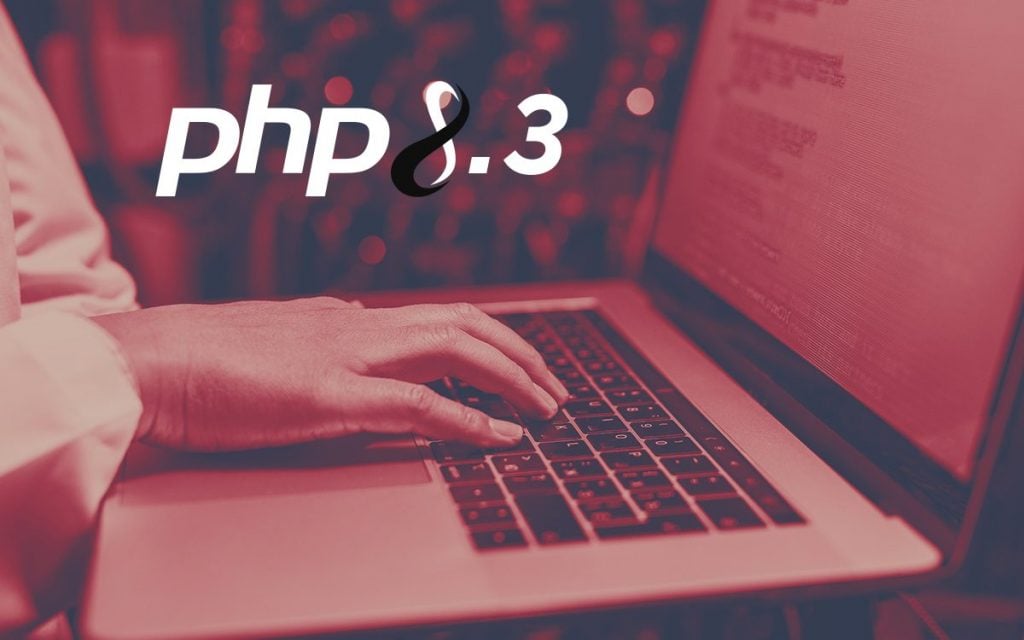It’s that time again. With the latest PHP 8.3 update, we thought we’d outline what’s changed since version 8.2 and why it’s important to always use the latest version.
PHP, or Hypertext Preprocessor, is a scripting language that enables dynamic content (moveable or changeable media, for example,) on your website. PHP versions have an end-of-life cycle and annual upgrades are needed to ensure server and website security and stability.
What’s changed?
PHP 8.3 is the latest update of the PHP language that includes syntax improvements, bug fixes, and general cleanup of the code.
New features and changes include:
- typed class constants (type hints)
- deep-cloning of read-only properties
- additions to the randomness functionality
- new classes and interfaces
- updated date and time extensions
- stack overflow protection
While these changes exist at the code level, what’s important to know as a website owner is that with every version update comes key security and stability updates, maintenance to the code, and support material, to ensure your website continues to perform at its best.
Important: Ask your developer to pay special attention to deprecations and backward compatibility breaks which can affect performance.
You can read about the updates in detail here.
Why is upgrading important?
At xneelo, we update the version of PHP used on our servers to ensure the latest security and performance benefits are in use. Older versions can cause incompatibility issues with tools and frameworks and even security vulnerabilities.
To ensure your website continues to work optimally, check your plugins and other website add-ons to ensure they’re compatible with the new version of PHP. Refer to the PHP release notes for guidance on incompatibility and breaking changes.









